-
 Bitcoin
Bitcoin $106,754.6083
1.33% -
 Ethereum
Ethereum $2,625.8249
3.80% -
 Tether USDt
Tether USDt $1.0001
-0.03% -
 XRP
XRP $2.1891
1.67% -
 BNB
BNB $654.5220
0.66% -
 Solana
Solana $156.9428
7.28% -
 USDC
USDC $0.9998
0.00% -
 Dogecoin
Dogecoin $0.1780
1.14% -
 TRON
TRON $0.2706
-0.16% -
 Cardano
Cardano $0.6470
2.77% -
 Hyperliquid
Hyperliquid $44.6467
10.24% -
 Sui
Sui $3.1128
3.86% -
 Bitcoin Cash
Bitcoin Cash $455.7646
3.00% -
 Chainlink
Chainlink $13.6858
4.08% -
 UNUS SED LEO
UNUS SED LEO $9.2682
0.21% -
 Avalanche
Avalanche $19.7433
3.79% -
 Stellar
Stellar $0.2616
1.64% -
 Toncoin
Toncoin $3.0222
2.19% -
 Shiba Inu
Shiba Inu $0.0...01220
1.49% -
 Hedera
Hedera $0.1580
2.75% -
 Litecoin
Litecoin $87.4964
2.29% -
 Polkadot
Polkadot $3.8958
3.05% -
 Ethena USDe
Ethena USDe $1.0000
-0.04% -
 Monero
Monero $317.2263
0.26% -
 Bitget Token
Bitget Token $4.5985
1.68% -
 Dai
Dai $0.9999
0.00% -
 Pepe
Pepe $0.0...01140
2.44% -
 Uniswap
Uniswap $7.6065
5.29% -
 Pi
Pi $0.6042
-2.00% -
 Aave
Aave $289.6343
6.02%
How to calculate the increase of the establishment of the three-river bottom pattern at the monthly level?
The three-river bottom pattern, a bullish reversal signal in crypto trading, suggests potential price increases when confirmed with volume and technical indicators on monthly charts.
Jun 19, 2025 at 03:42 pm
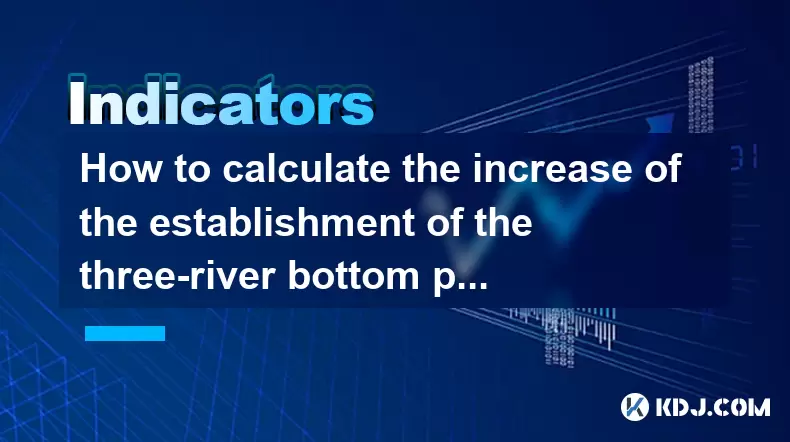
Understanding the Three-River Bottom Pattern in Cryptocurrency Trading
The three-river bottom pattern is a bullish reversal formation often observed in technical analysis. It typically appears at the end of a downtrend and signals a potential shift to an uptrend. This pattern consists of three consecutive candlesticks: a large bearish candle, followed by a smaller indecisive candle, and finally a large bullish candle that closes within the range of the first candle. In the context of cryptocurrency trading, especially on monthly charts, this pattern can offer significant insights into long-term market sentiment.
To calculate the increase following the establishment of this pattern at the monthly level, traders must combine pattern recognition, price action analysis, and volume confirmation.
Identifying the Three-River Bottom Pattern on Monthly Charts
Before calculating any potential increase, it's essential to accurately identify the three-river bottom pattern on a monthly chart. Here are the key components:
- The first candle is a strong bearish candle, indicating continued selling pressure.
- The second candle shows hesitation in the market; it opens lower but closes near its opening price, often forming a spinning top or doji.
- The third candle opens with a gap down but then rallies strongly, closing above the midpoint of the first candle.
In the crypto space, where volatility is high and patterns may not always appear textbook perfect, confirming the pattern using volume is crucial. A noticeable spike in volume during the formation of the third candle increases the reliability of the pattern.
Measuring Potential Price Increases After Confirmation
Once the three-river bottom pattern is confirmed on the monthly chart, traders can estimate the potential upside move using measured objectives. Here’s how to do it:
- Calculate the height of the pattern from the highest point of the first candle to the lowest point of the second candle.
- Add this distance to the closing price of the third candle to project a target price.
For example:
If the total height of the pattern is $1000 and the third candle closes at $20,000, the projected price target would be $21,000.
This projection assumes that the market will move at least the same distance as the pattern itself after the breakout. However, due to the unpredictable nature of cryptocurrencies, traders should use this as a guideline rather than a guaranteed outcome.
Validating the Pattern Using Volume and Indicators
Volume plays a critical role in validating the authenticity of the three-river bottom pattern. During the formation of the third candle, a surge in trading volume suggests institutional or smart money involvement, which increases the likelihood of a successful reversal.
Additionally, incorporating technical indicators like the Relative Strength Index (RSI) and Moving Average Convergence Divergence (MACD) can help confirm the reversal:
- RSI should move out of oversold territory (below 30) and start trending upwards.
- MACD line should cross above the signal line, indicating bullish momentum.
These tools provide additional layers of confirmation, especially when analyzing monthly timeframes where fewer data points make each candle more significant.
Applying the Strategy to Real Cryptocurrency Charts
Let’s take a real-world example using Bitcoin’s monthly chart:
- Suppose the first candle forms during a strong sell-off, closing at $25,000.
- The second candle consolidates, closing around $24,500 with low volatility.
- The third candle opens at $24,000 but rallies to close at $26,000 with increased volume.
Using the measured objective method:
Pattern height = $25,000 (high of first candle) - $24,000 (low of second candle) = $1,000
Projected target = $26,000 (close of third candle) + $1,000 = $27,000
Traders can set profit targets around this level while placing stop losses below the lowest point of the pattern for risk management.
Managing Risk When Trading the Three-River Bottom Pattern
Trading based on candlestick patterns carries inherent risks, especially in highly volatile markets like cryptocurrency. To manage these risks effectively:
- Always place a stop loss below the lowest point of the pattern.
- Use position sizing to ensure no single trade jeopardizes a large portion of your portfolio.
- Consider combining the pattern with other forms of analysis, such as support and resistance levels or Fibonacci retracements, to improve accuracy.
By adhering to strict risk parameters, traders can safely capitalize on the potential upside without exposing themselves to excessive downside.
Frequently Asked Questions
What timeframe is best for identifying the three-river bottom pattern?
While the pattern can appear on any timeframe, the monthly chart provides stronger signals due to its longer duration and reduced noise compared to shorter timeframes.
Can the three-river bottom pattern appear in altcoins as well?
Yes, the pattern is applicable across all cryptocurrencies. However, higher market capitalization coins like Bitcoin and Ethereum tend to produce more reliable patterns due to greater liquidity and clearer price action.
How accurate is the three-river bottom pattern in predicting reversals?
No pattern is 100% accurate, but the three-river bottom has a relatively high success rate when confirmed with volume and other technical indicators. Its accuracy improves significantly on higher timeframes like the monthly chart.
Should I enter immediately after the third candle closes?
It’s generally advisable to wait for additional confirmation, such as a follow-through candle closing above the third candle’s high or a positive divergence in momentum indicators, before entering a trade.
Disclaimer:info@kdj.com
The information provided is not trading advice. kdj.com does not assume any responsibility for any investments made based on the information provided in this article. Cryptocurrencies are highly volatile and it is highly recommended that you invest with caution after thorough research!
If you believe that the content used on this website infringes your copyright, please contact us immediately (info@kdj.com) and we will delete it promptly.
- BAY Miner & XY Miners: Unlock Daily Earnings with BTC, DOGE, and LTC Cloud Mining
- 2025-06-20 10:25:12
- Decoding the Aaluxx Myth: Maya Protocol and the Smart Economy
- 2025-06-20 10:30:12
- Binance Wallet, Exclusive Token, Launch: What You Need to Know
- 2025-06-20 10:45:12
- CryptoQuant, Bitcoin, and Market Drops: Decoding the Signals
- 2025-06-20 11:05:12
- Bitcoin, Emerging Risk, and Treasury Companies: A New York Perspective
- 2025-06-20 11:05:12
- Semler Scientific's Bitcoin Bet: Bold Move or Risky Gamble?
- 2025-06-20 10:50:12
Related knowledge
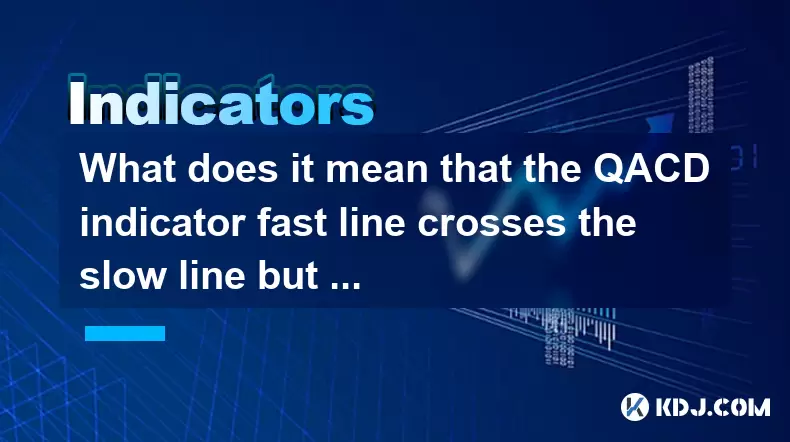
What does it mean that the QACD indicator fast line crosses the slow line but does not increase in volume?
Jun 20,2025 at 12:22pm
Understanding the QACD Indicator and Its ComponentsThe QACD (Quantitative Accumulation Convergence Divergence) indicator is a technical analysis tool used by traders to identify potential trend reversals, momentum shifts, and entry or exit points in cryptocurrency markets. It consists of two primary lines: the fast line, which reacts more quickly to pri...
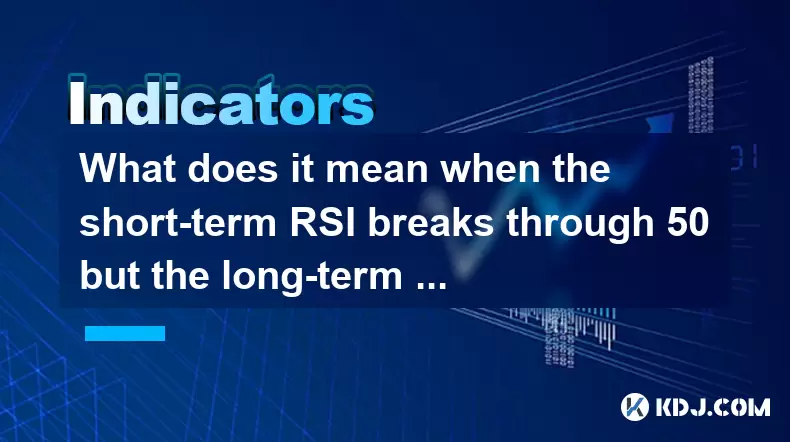
What does it mean when the short-term RSI breaks through 50 but the long-term RSI does not move in the RSI indicator?
Jun 20,2025 at 10:42am
Understanding the RSI Indicator and Its Dual-Term ApplicationThe Relative Strength Index (RSI) is a widely used momentum oscillator in technical analysis, primarily for identifying overbought or oversold conditions in an asset’s price movement. It typically operates on a scale from 0 to 100, with levels above 70 considered overbought and below 30 consid...
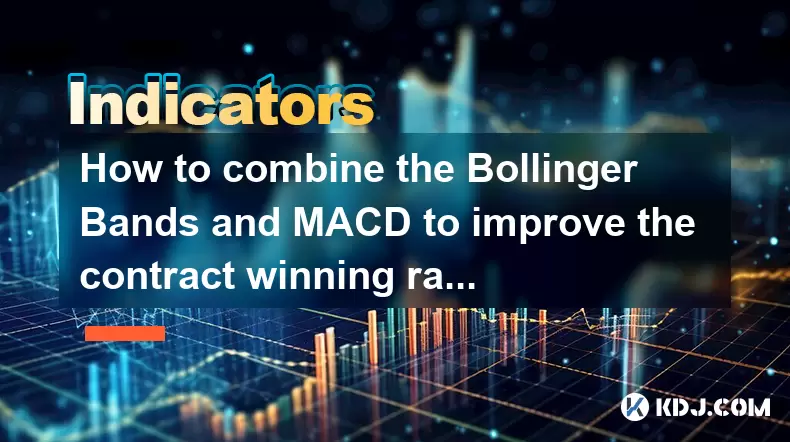
How to combine the Bollinger Bands and MACD to improve the contract winning rate?
Jun 19,2025 at 06:35pm
Understanding Bollinger Bands and MACD IndicatorsTo effectively combine Bollinger Bands and the MACD (Moving Average Convergence Divergence), it's essential to first understand what each indicator represents. Bollinger Bands consist of a middle moving average line and two outer bands that adjust based on market volatility. When prices move toward the up...
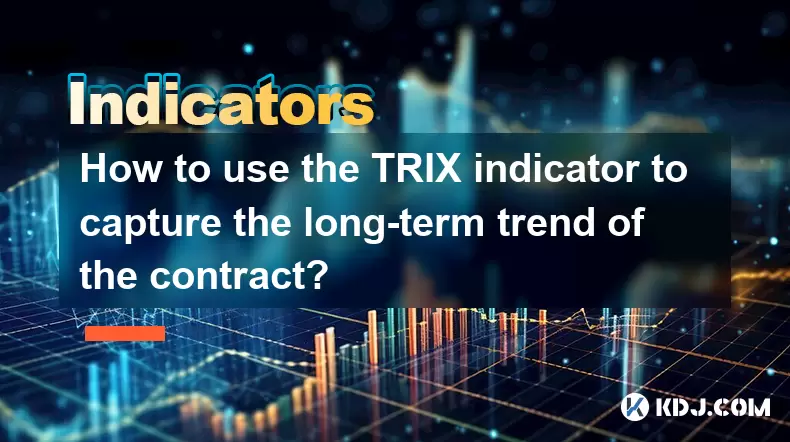
How to use the TRIX indicator to capture the long-term trend of the contract?
Jun 20,2025 at 09:14am
What Is the TRIX Indicator?The TRIX (Triple Exponential Average) indicator is a momentum oscillator used to identify oversold and overbought conditions, as well as potential trend reversals in financial markets. It is calculated by applying a triple exponential moving average to price data and then taking the percentage rate of change of that smoothed v...

How does the long lower shadow of the K line indicate the formation of the bottom of the contract?
Jun 19,2025 at 05:00am
Understanding the Long Lower Shadow in K-Line AnalysisIn cryptocurrency trading, K-line analysis plays a pivotal role in determining market sentiment and potential price reversals. A long lower shadow, also known as a long wick, is one of the most telling candlestick patterns that traders look for when assessing whether a bottom might be forming in a co...
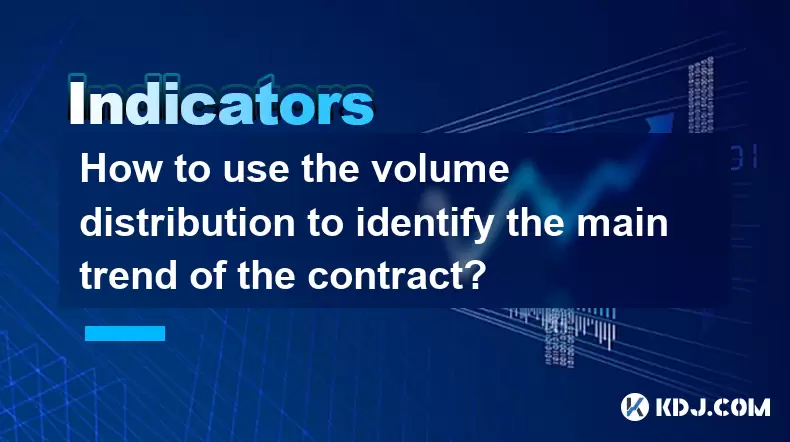
How to use the volume distribution to identify the main trend of the contract?
Jun 20,2025 at 03:56am
Understanding Volume Distribution in Cryptocurrency ContractsIn the realm of cryptocurrency trading, particularly within futures and perpetual contracts, volume distribution plays a pivotal role in deciphering market sentiment. Unlike spot markets, contract trading involves leveraged positions that can amplify both gains and losses. To navigate this com...

What does it mean that the QACD indicator fast line crosses the slow line but does not increase in volume?
Jun 20,2025 at 12:22pm
Understanding the QACD Indicator and Its ComponentsThe QACD (Quantitative Accumulation Convergence Divergence) indicator is a technical analysis tool used by traders to identify potential trend reversals, momentum shifts, and entry or exit points in cryptocurrency markets. It consists of two primary lines: the fast line, which reacts more quickly to pri...

What does it mean when the short-term RSI breaks through 50 but the long-term RSI does not move in the RSI indicator?
Jun 20,2025 at 10:42am
Understanding the RSI Indicator and Its Dual-Term ApplicationThe Relative Strength Index (RSI) is a widely used momentum oscillator in technical analysis, primarily for identifying overbought or oversold conditions in an asset’s price movement. It typically operates on a scale from 0 to 100, with levels above 70 considered overbought and below 30 consid...

How to combine the Bollinger Bands and MACD to improve the contract winning rate?
Jun 19,2025 at 06:35pm
Understanding Bollinger Bands and MACD IndicatorsTo effectively combine Bollinger Bands and the MACD (Moving Average Convergence Divergence), it's essential to first understand what each indicator represents. Bollinger Bands consist of a middle moving average line and two outer bands that adjust based on market volatility. When prices move toward the up...

How to use the TRIX indicator to capture the long-term trend of the contract?
Jun 20,2025 at 09:14am
What Is the TRIX Indicator?The TRIX (Triple Exponential Average) indicator is a momentum oscillator used to identify oversold and overbought conditions, as well as potential trend reversals in financial markets. It is calculated by applying a triple exponential moving average to price data and then taking the percentage rate of change of that smoothed v...

How does the long lower shadow of the K line indicate the formation of the bottom of the contract?
Jun 19,2025 at 05:00am
Understanding the Long Lower Shadow in K-Line AnalysisIn cryptocurrency trading, K-line analysis plays a pivotal role in determining market sentiment and potential price reversals. A long lower shadow, also known as a long wick, is one of the most telling candlestick patterns that traders look for when assessing whether a bottom might be forming in a co...

How to use the volume distribution to identify the main trend of the contract?
Jun 20,2025 at 03:56am
Understanding Volume Distribution in Cryptocurrency ContractsIn the realm of cryptocurrency trading, particularly within futures and perpetual contracts, volume distribution plays a pivotal role in deciphering market sentiment. Unlike spot markets, contract trading involves leveraged positions that can amplify both gains and losses. To navigate this com...
See all articles

























































































